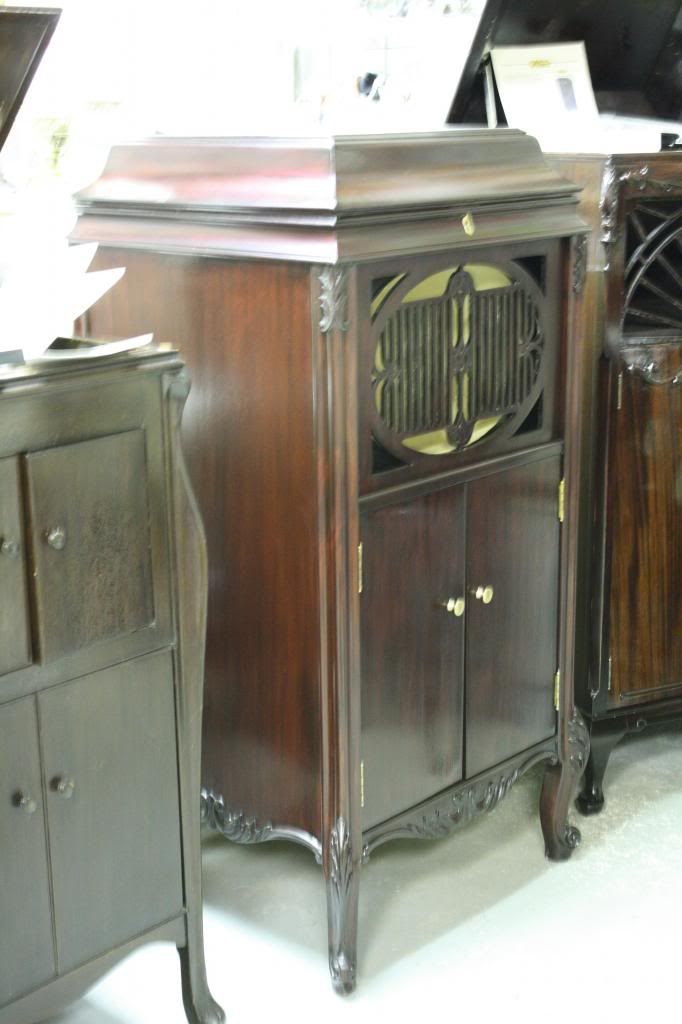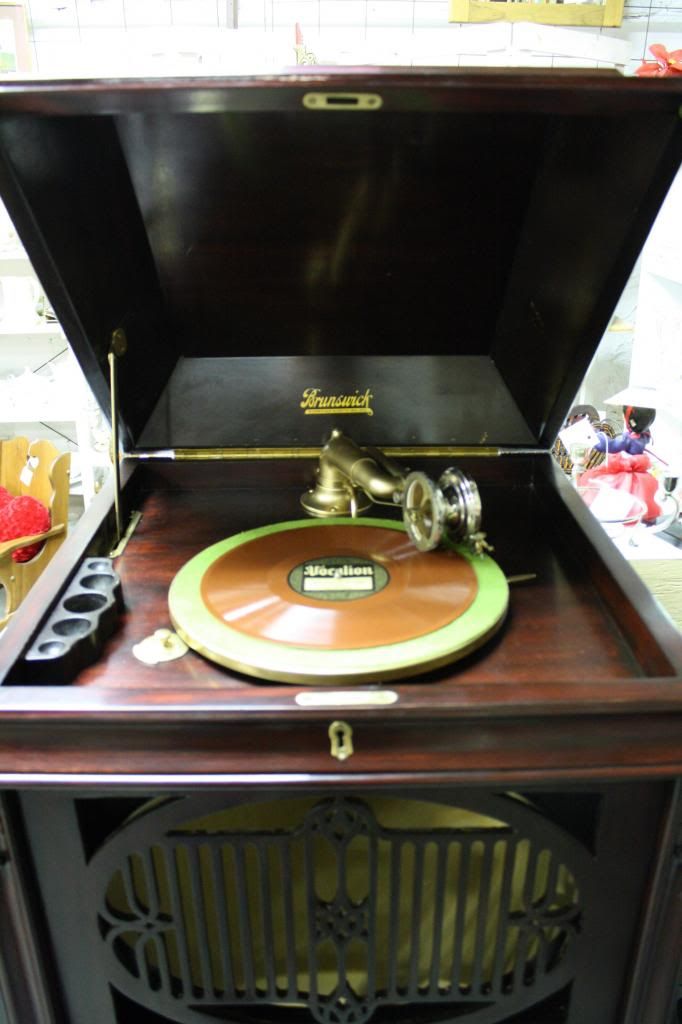Re: Refinishing VV-VI
Posted: Sun Jan 27, 2013 9:46 am
To get different sheen finishes you should always start with a high gloss finish, never buy a sheen-in-a-can semi-gloss or satin. You can always turn the gloss into a different sheen but you can't make a satin a gloss.
If you have any dust or runs in the shellac you can first wet sand lightly with 1000grit sandpaper. not too much or you'll sand through to the stain and have to start all over. After that you can use 0000 steel wool and paste wax (I use minwax) for a satin finish or automotive polish (I use meguires) for semi-gloss. Either way you go you should only be rubbing with the grain of the wood and only rubbing briefly, It's unbelievable how quickly you'll rub through to the stain. With the Satin finish you should only be rubbing a little at a time, then buff with a clean dry cloth to try and remove as much of the wax as possible. If you have excess wax on the surface take some of the steel wool and run cold water over it, then lightly run it over the surface - with the grain - to remove the excess. I then buff out with a bee's wax cream.
I found this method on the internet a long time ago and it works rather well, I like the results at least.
Here's a Brunswick I recently finished with the above satin method, but it could pass for semi gloss.


edited for bad grammar and spelling
If you have any dust or runs in the shellac you can first wet sand lightly with 1000grit sandpaper. not too much or you'll sand through to the stain and have to start all over. After that you can use 0000 steel wool and paste wax (I use minwax) for a satin finish or automotive polish (I use meguires) for semi-gloss. Either way you go you should only be rubbing with the grain of the wood and only rubbing briefly, It's unbelievable how quickly you'll rub through to the stain. With the Satin finish you should only be rubbing a little at a time, then buff with a clean dry cloth to try and remove as much of the wax as possible. If you have excess wax on the surface take some of the steel wool and run cold water over it, then lightly run it over the surface - with the grain - to remove the excess. I then buff out with a bee's wax cream.
I found this method on the internet a long time ago and it works rather well, I like the results at least.
Here's a Brunswick I recently finished with the above satin method, but it could pass for semi gloss.


edited for bad grammar and spelling